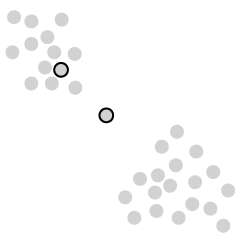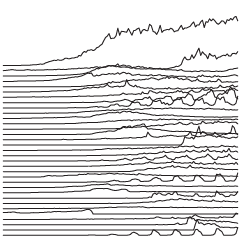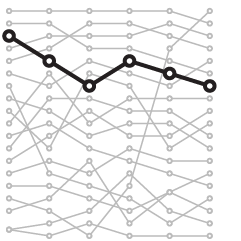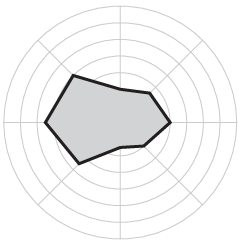Matt Seaton, for the Atlantic, reports on how the statistical approach impacted cycling and led to Tour de France winning.
The riders now train with the data, they race with the data, they publish their data on Strava and similar training apps, they probably dream about their data. So we know that during a crucial mountain stage in last year’s Tour de France—won convincingly by Pogačar on his way to overall victory—he produced approximately 7 watts per kilo for nearly 40 minutes. His main rival, Vingegaard again, actually tried an attack that failed, despite an estimated output of more than 7 watts per kilo for nearly 15 minutes. These were efforts in the Pyrenees; at sea level, the numbers would be even higher. (This all gets geeky quickly.)
Winning cyclists are riding faster and more efficiently now than they were during the peak doping era.
These days, data plays a part in most sports to optimize athletic performance. There’s a clear response variable — winning — and everything else (explanatory variables) feeds into that.
Cycling and other endurance sports work especially well with data, because the interactions between opponents and the movements to get from point A to point B are more straightforward. Fewer variables and less uncertainty.
I’m looking forward to seeing advanced analytics for bowling. Competitive darts? Beer pong?



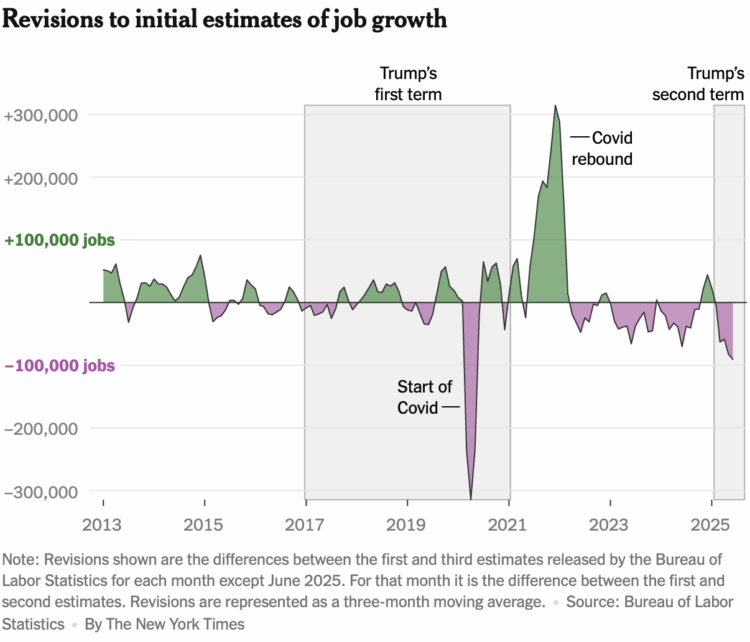
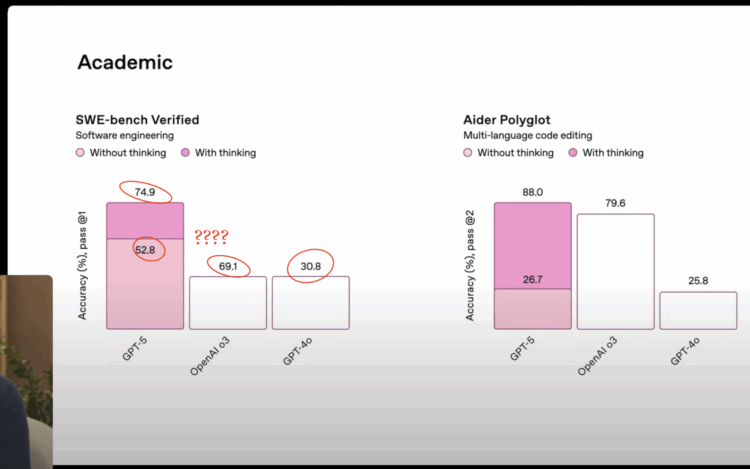
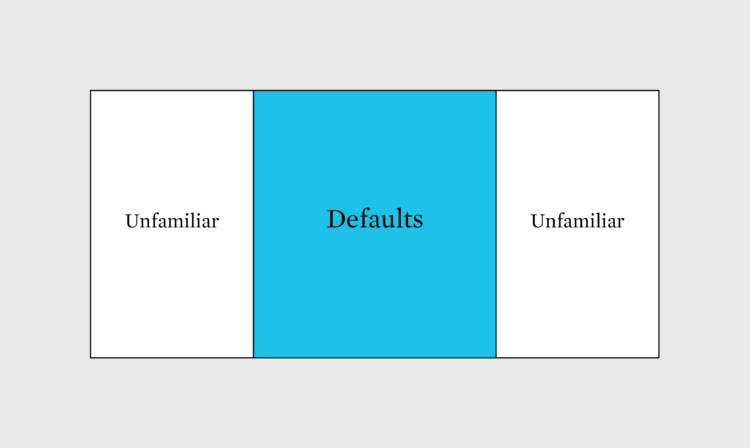
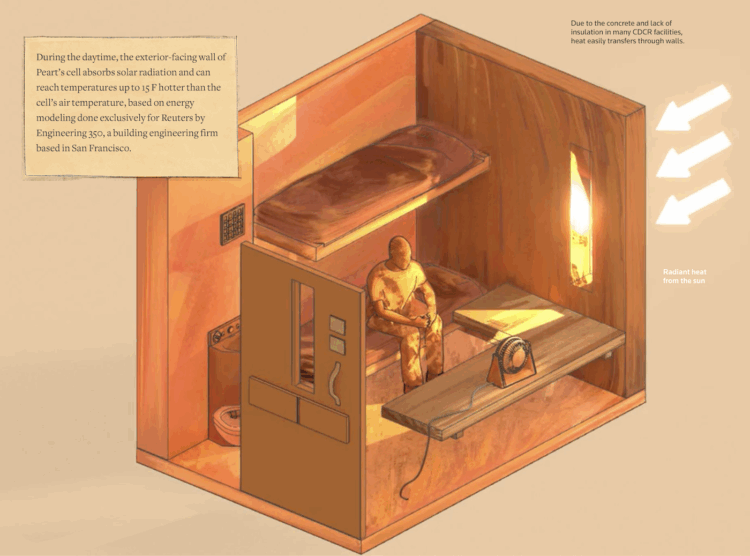




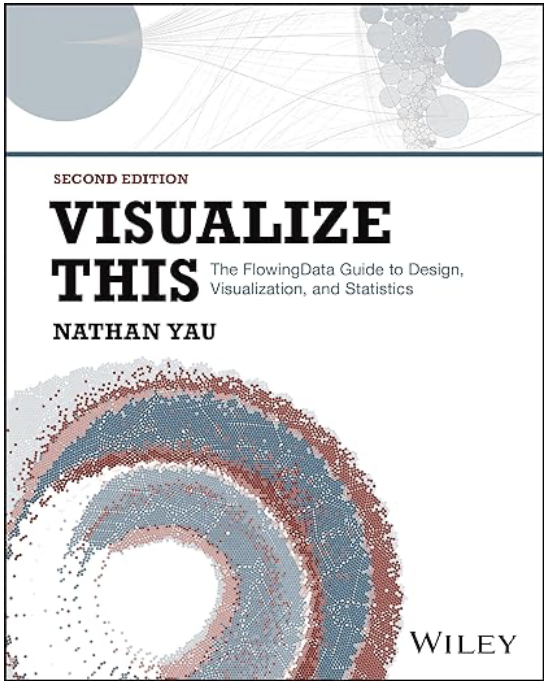 Visualize This: The FlowingData Guide to Design, Visualization, and Statistics (2nd Edition)
Visualize This: The FlowingData Guide to Design, Visualization, and Statistics (2nd Edition)


